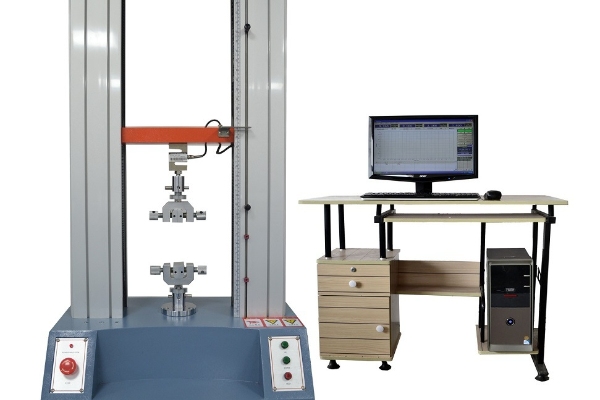Mechanical property testing is an integral part of the engineering field. Among them, squash test is a commonly used test method to evaluate the strength and deformability properties of materials. This paper will discuss the significance, test method and result analysis of squash test, aiming to help readers better understand the squash test in mechanical property testing and provide reference for research and application in related fields.
The significance of squash test
The purpose of squash test is to evaluate the strength and deformability of materials under compression. It can help engineers to select the most suitable materials in the design and material selection stage to ensure that the products have sufficient strength and reliability. In addition, by conducting flattening tests on different materials, it is possible to assess their performance in response to external pressures and provide guidance for material improvement and optimization.

Crush test method
1 Specimen preparation
Before the squash test, it is first necessary to prepare a certain number of specimens. The specimens usually adopt uniform shape, such as rectangular or cylindrical. At the same time, the size and geometry of the specimen should also comply with the standard specification to ensure the accuracy and comparability of the test results.
2 Equipment and Measurement
Flattening tests are usually carried out using specialized testing machines and flattening devices. The test machine flattens the specimen by applying vertical pressure, while measuring mechanical parameters such as stress, strain and deformation. These data can be monitored and recorded in real time by sensors and data acquisition systems.
3 Data processing and result analysis
After the squash test is completed, the collected data need to be processed and analyzed. Commonly used data processing methods include stress-strain curve plotting, elastic modulus calculation and fracture strength analysis. These analyses can help engineers evaluate the performance of materials and make accurate judgments and decisions based on needs and practical applications.
Applications of squash testing
Squash testing has a wide range of applications in many engineering fields. For example, in the automotive industry, squash testing is used to evaluate the strength and stiffness of body structures to ensure the safety of vehicles in the event of a collision, for example. In the construction field, the quality and reliability of building materials can be assessed through squash testing to ensure the structural stability and long service life of buildings.

Conclusion.
Squash testing in mechanical property testing is an important and commonly used method to assess the strength and deformability of materials. Through squash testing, engineers can select the most suitable materials to ensure the quality and reliability of products. Meanwhile, squash testing has a wide range of applications covering many engineering fields. In the future research and practice, we should continue to deepen our understanding of squash testing and improve the testing methods and techniques, so as to contribute more to the development of society and scientific and technological innovation.